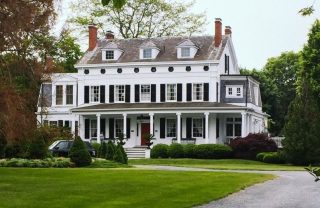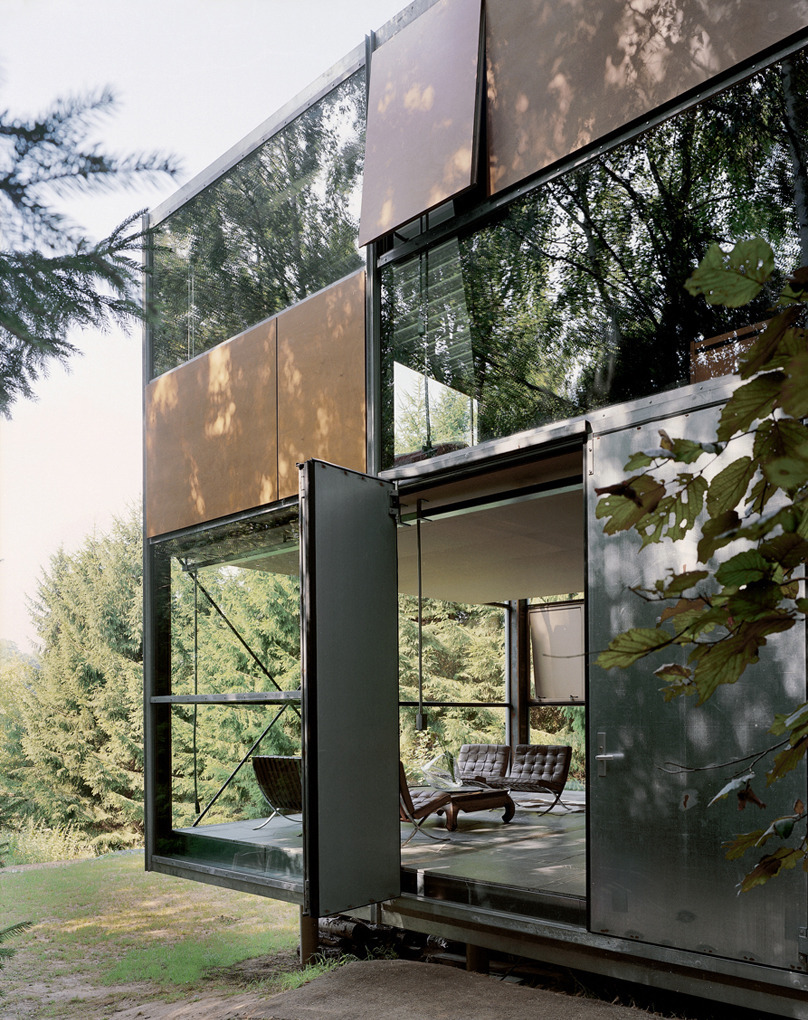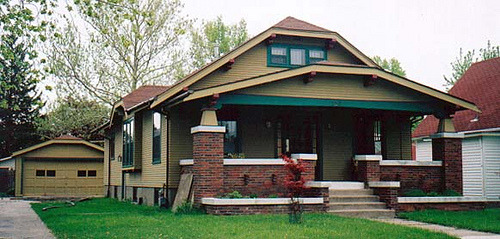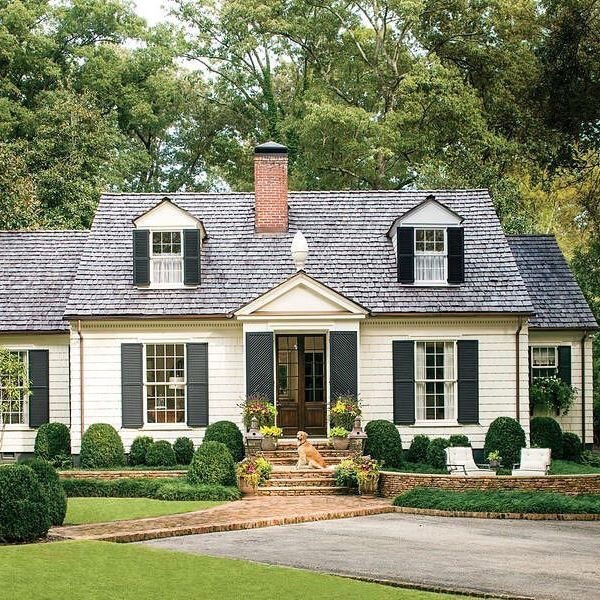October 26, 2017 by StacyUncategorized
Dutch Colonial
Originating in the early 1600s, this Dutch Colonial style of house began as one room for early American settlers. Easily recognized by the broad gambrel roof, the style typically features dormers, flared eaves extending over the porch and a decorative hood over the front entryway. It may also have a centered Dutch double doorway, which was originally used to keep animals from entering the home, while still allowing fresh air to flow theough the home. In fact, this house style is also known as a “barn house,” because of its striking resemblance to a typical barn.









